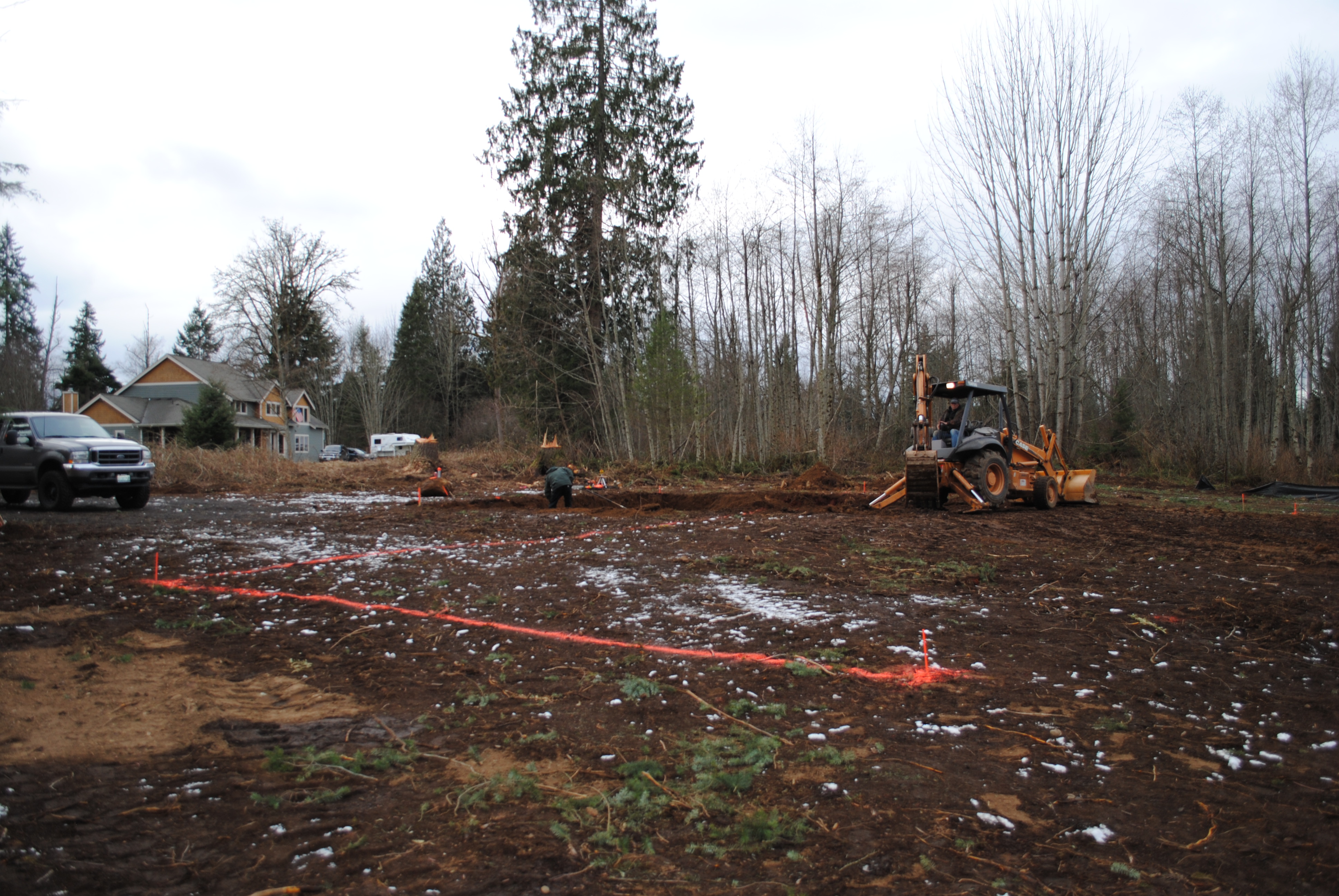FOUNDATION
Before we get into the foundation this is a good time to call your lumber company and let them know a rough estimate on date of delivery for underfloor. Also call your framer and line them out with a date. If you stay a couple steps ahead scheduling, the process will run smooth. It will also let you know if a contractor is scheduled out too far and you need to contact another company. This is where your three bids comes in very handy. Let the other company know that you want to use them because of references, but another company came in at a lower price. Tell them the lowest bid price and most the time they will match it or come close. Its not a bad idea to let all contractors know where you are in the process and keep them informed.
The Foundation is the base of your house. Do not skimp or cut corners on this process. A good foundation will make the building process much easier. If your foundation is not square or level, then the rest of your building process will be a nightmare. Get a good contractor with plenty of references and experience to dig and pour your foundation. If you are digging yourself make sure to not disturb the soil underneath the footings. This means keeping an accurate depth level and not digging holes. Make sure the contractor follows the plans to exact measurements and includes all step up and step downs. The first thing they will do is form up for the footings after area has been excavated. You will have an inspection before pouring concrete. The inspector will check house placement, soil inspections, re-bar, and any other special anchor requirements. Once inspector has given approval its time to pour concrete. After the concrete has cured they will come back and pour the foundation. Make sure there is a sleeves in foundation for all utilites. Most areas call for an electrical re bar to be installed in foundation wall for a ground. This should be where the power panel will be located. Also this would be a good time to call the utility co for temporary power pole and temporary bathroom. If you are wiring the house yourself then you will be pulling all permits. If not the electrician should submit for the permit, but you will have to apply for the service. This is most likely done through labor and industries. Get going on your temporary power because the framer will need power soon. Also if you have natural gas your hooking into, pull this permit also. You may be able to use the same ditch for power and gas. If you have an outdoor patio in plans have the foundation contractor pour footings for this at the same time. With all contractors, do not pay in full, until inspection has been signed off and job is complete. Double check all measurements of house before pouring foundation. Make sure the contractor has viewed all details in the approved set of plans.
After the foundation pour is complete and contractor has picked up all forms its time to put a layer of p gravel down. The ground can evaporate moisture and p gravel will help reduce this moisture in your crawlspace. It also makes it a little more comfortable to lay on while working. Just make sure your concrete has cured and stay away from hitting it with the machine. A layer of 3 to 4 inches of p gravel will be sufficient. A vapor barrier will also be placed over the p gravel. This is usually included in the insulation bids. Now we can move on to installing the gutter and foundation drainage BMP.



